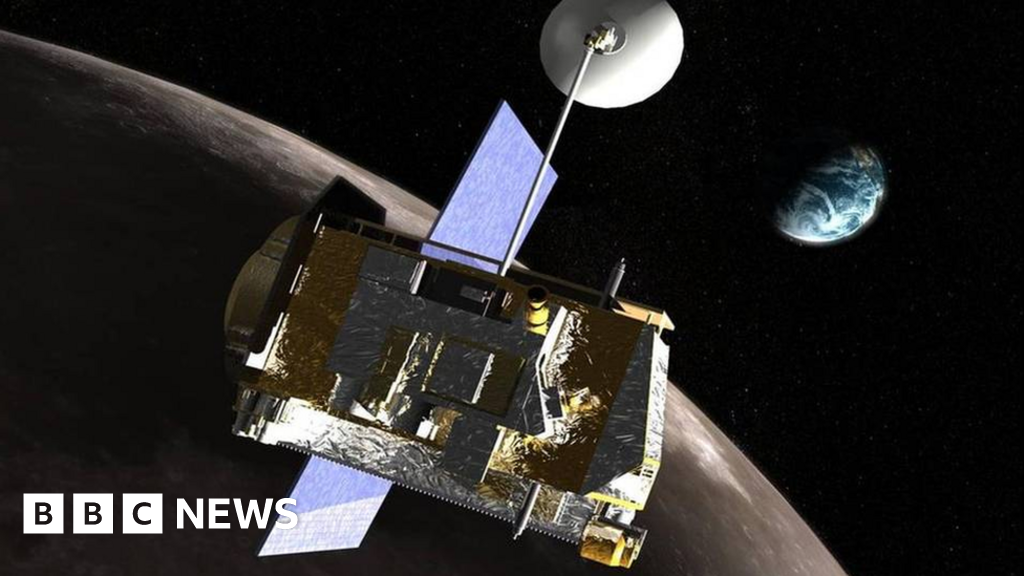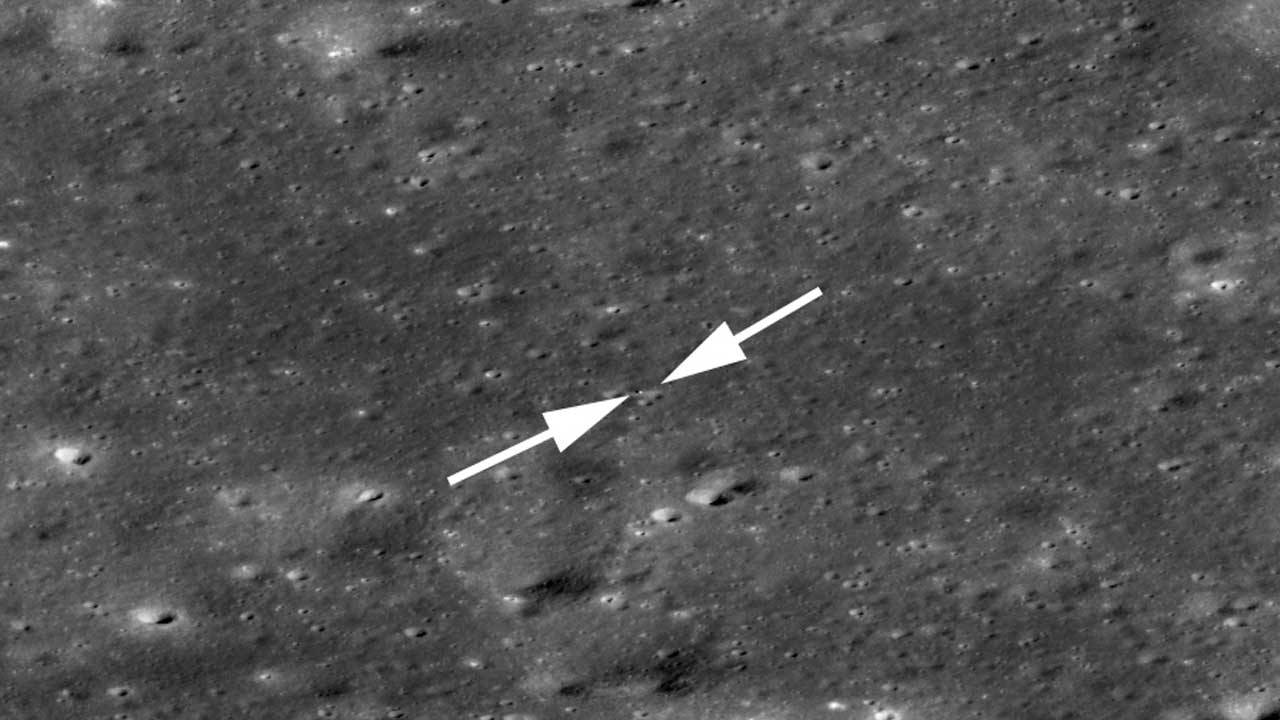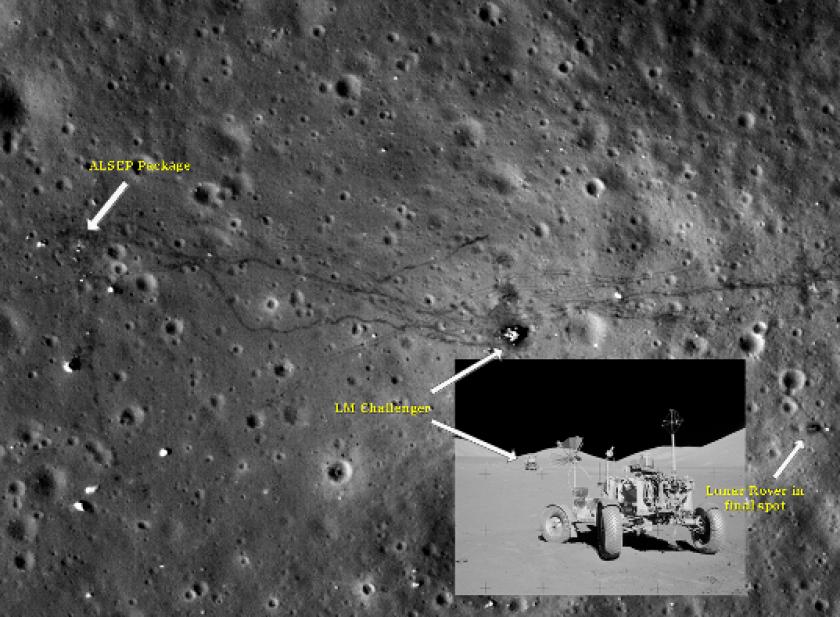
Lobate scarps (a type of cliff) on the moon are found mostly in the highlands, and are relatively small and young. The anaglyphs will be released through the LROC web site at and the NASA LRO web site at as they become available.

LROC NAC anaglyphs will make detailed images of the moon’s surface accessible in 3-D to the general public. The LROC NAC anaglyphs make lunar features such as craters, volcanic flows, lava tubes and tectonic features jump out in 3-D. LROC acquires stereo images by targeting a location on the ground and taking an image from one angle on one orbit, and from a different angle on a subsequent orbit.Īnaglyphs are used to better understand the 3-D structure of the lunar surface. An anaglyph is an image that can be viewed in 3-D using red-blue/green glasses. The Lunar Reconnaissance Orbiter Camera Narrow Angle Camera (LROC NAC) team from the University of Arizona and Arizona State University are currently developing a processing system to automatically generate anaglyphs from most of these stereo pairs. In addition, Mini-RF will take high-resolution imagery of permanently-shadowed regions.Scientists using the camera aboard NASA’s Lunar Reconnaissance Orbiter are acquiring stereo images of the moon in high resolution (0.5 to 2 meters/pixel) that provide 3-D views of the surface from which high resolution topographic maps are made. The Mini-RF technology demonstration's primary goal is to search for subsurface water ice deposits. These images provide knowledge of polar illumination conditions, identify potential resources & hazards, and enable safe landing site selection. The Lunar Reconnaissance Orbiter Camera (LROC) retrieves high resolution black and white images of the lunar surface, capturing images of the lunar poles with resolutions down to 1m, and imaging the lunar surface in color and ultraviolet. SUNLIGHT | Lunar Reconnaissance Orbiter Camera LOLA also identifies the Moon's permanently illuminated and permanently shadowed areas by analyzing Lunar surface elevations. The Lunar Orbiter Laser Altimeter (LOLA) measures landing site slopes, lunar surface roughness, and generate a high resolution 3D map of the Moon. ELEVATION | Lunar Orbiter Laser Altimeter LEND is used to search for evidence of water ice on the Moon's surface, and provides space radiation environment measurements useful for future human exploration. The Lunar Exploration Neutron Detector (LEND) creates high resolution hydrogen distribution maps and provides information about the lunar radiation environment. NEUTRONS | Lunar Exploration Neutron Detector LAMP also searches for surface ice and frost in the polar regions and provide images of permanently shadowed regions illuminated only by starlight.

The Lyman Alpha Mapping Project (LAMP) maps the entire lunar surface in the far ultraviolet.

ULTRAVIOLET | Lyman Alpha Mapping Project The Diviner Lunar Radiometer (DLRE) provides orbital thermal mapping measurements, giving detailed information about surface and subsurface temperatures (identifying cold traps and potential ice deposits), as well as landing hazards such as rough terrain or rocks. INFRARED | Diviner Lunar Radiometer Experiment CRaTER also tests models of radiation effects and shielding, which may enable the development of protective technologies. The Cosmic Ray Telescope for the Effects of Radiation (CRaTER) characterizes the lunar radiation environment and determine its potential biological impacts.

RADIATION | Cosmic Ray Telescope for the Effects of Radiation


 0 kommentar(er)
0 kommentar(er)
